Ginkgo Bioworks Selected by PNNL to Deliver a Modular, High‑Throughput Phenotyping Platform for DOE’s M2PC
On Dec. 5, 2025, Ginkgo Bioworks announced it has been awarded by the Environmental Molecular Sciences Laboratory (EMSL)…

On Dec. 5, 2025, Ginkgo Bioworks announced it has been awarded by the Environmental Molecular Sciences Laboratory (EMSL)…

On Nov. 12, 2025, a team of University of California, Berkeley-led researchers reported in Nano Letters that they…

On Nov. 4, 2025, a team of scientists led by the University of Washington announced findings published this…

On. Oct. 23, 2025, Air pollution continues to exacerbate global health, including noncommunicable diseases and dementia, according to…

On Sept. 25, 2025, the operator of Pacific Northwest National Laboratory laid off 68 employees effective November 18, saying “unforeseen business circumstances” meant it wasn’t able to provide…

On Jul. 18, 2025, The Environmental Protection Agency (EPA) said it is eliminating its research and development arm…

On Jun. 18, 2025, In a new Proceedings of the National Academy of Sciences (PNAS) opinion paper, former…

On Jun. 3, 2025, a study by Emory University researchers, published in Environmental Science & Technology, found that…

On May 9, 2025, a McGill University led team of researchers announced a study that shows an estimated…
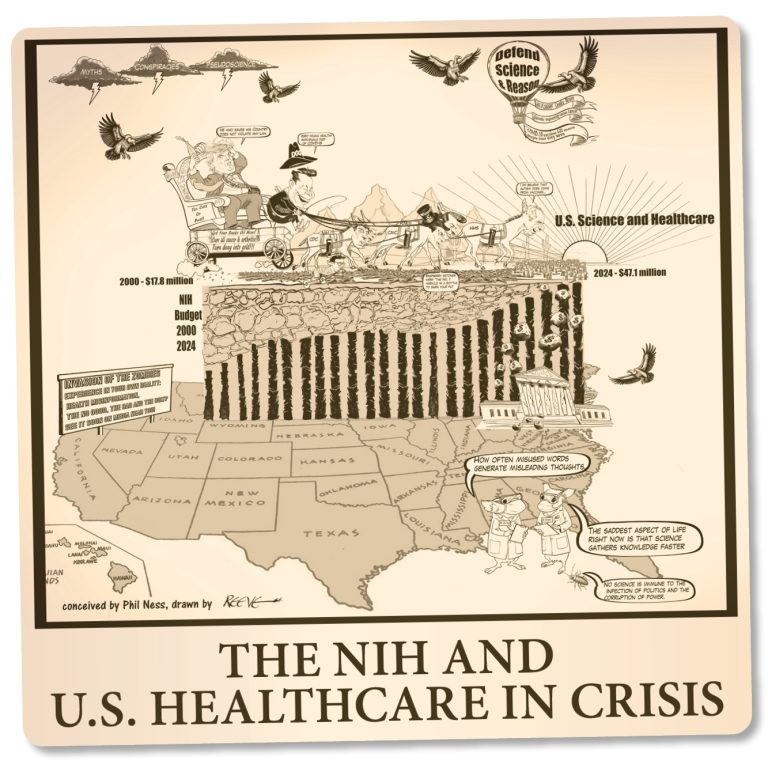
On Apr. 21, 2025, LifeScienceHistory.com published the cartoon: “The National Institutes of Health (NIH) and U.S. Healthcare in…

On Apr. 1, 2025, Mountain snowpacks accumulate snow throughout the winter, building up stores of water that will…

On Mar. 27, 2025, the Environmental Protection Agency (EPA) released data that shows an additional 15 million Americans…

On Mar. 25, 2025, research from the American College of Cardiology reported that tiny fragments of plastic have…
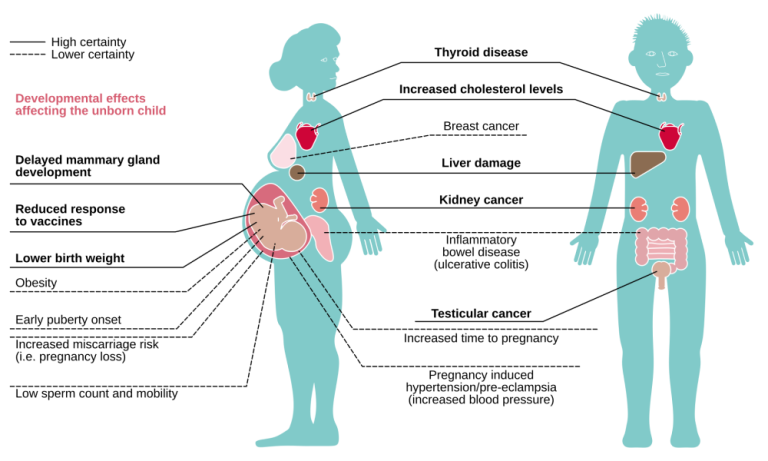
On Jan. 3, 2025, the U.S. Environmental Protection Agency announced the automatic addition of nine per- and polyfluoroalkyl…
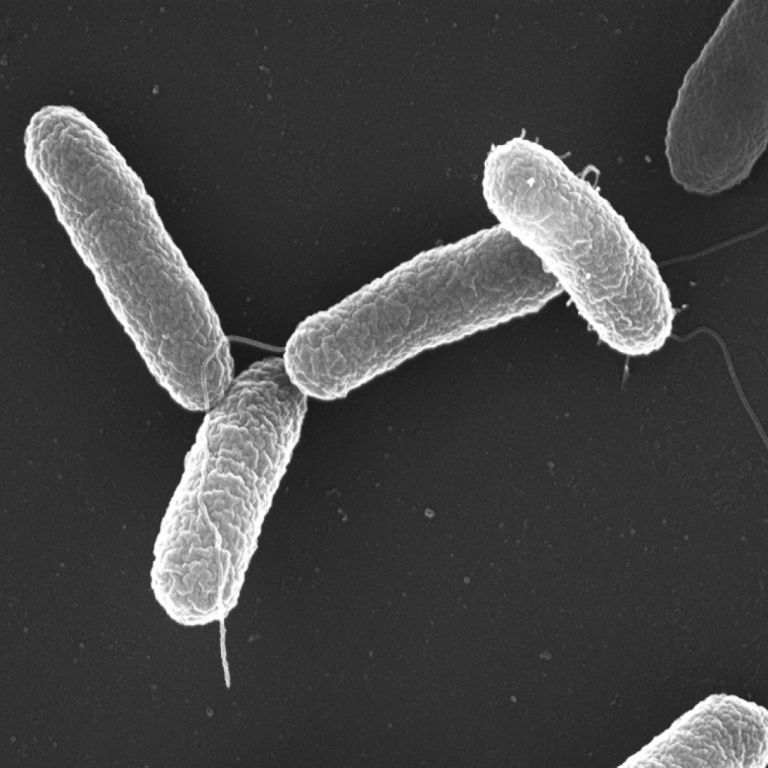
On Nov. 4, 2024, the U.S. Food and Drug Administration (FDA), in collaboration with the Environmental Protection Agency…

On Sept. 18, 2024, a study published in The Lancel reported that here has been a rapid rise…

On Jun. 19, 2024, the Institute for Health Metrics and Evaluation (IHME) released a comprehensive new report that…
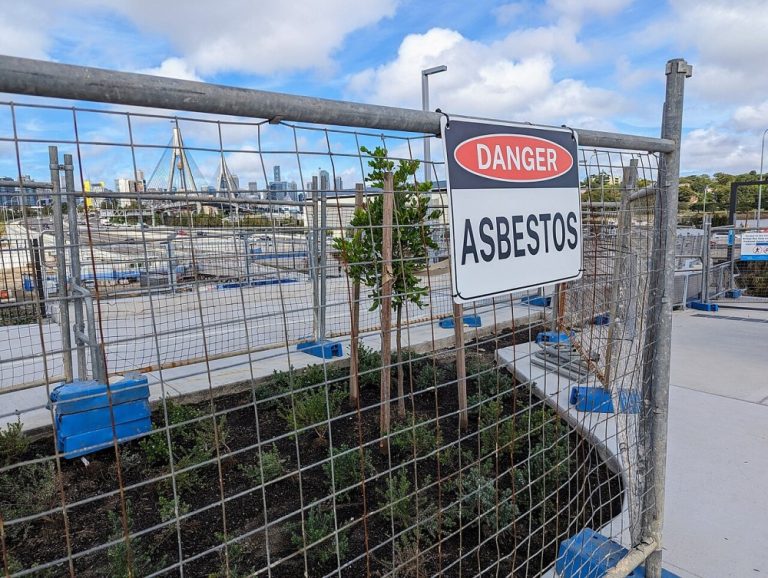
On Mar. 18, 2024, the U.S. Environmental Protection Agency (EPA) announced a final rule to prohibit ongoing uses…

On Dec. 12, 2020, Amarin announced clinical results from the CardioLink-9 Trial, the first results of a study…

On Nov. 10, 2020, 3M announced that its TB Quat Disinfectant Ready-to-Use Cleaner had been approved by the…
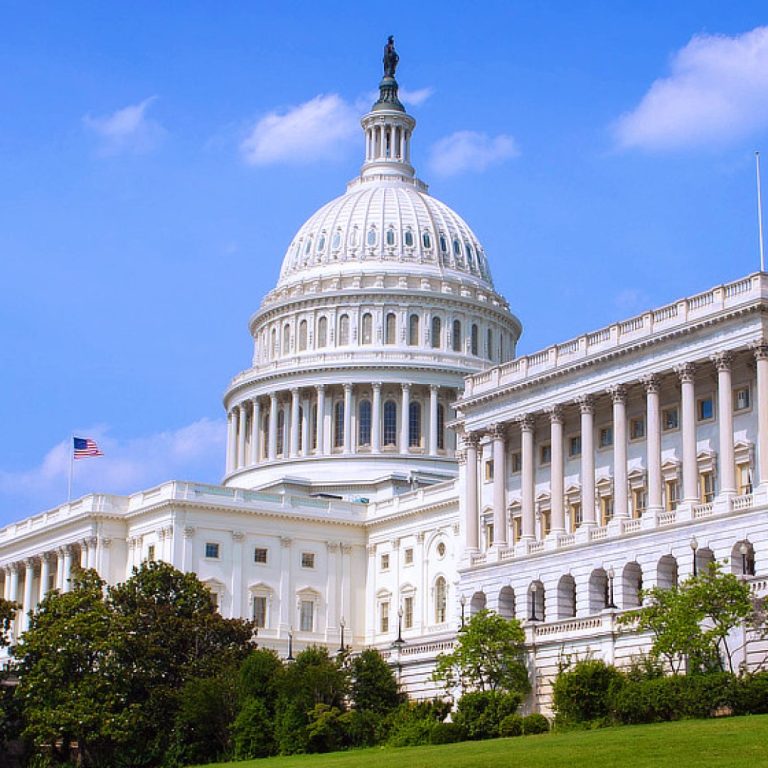
On June 22, 2016, President Barack Obama signed the Frank R. Lautenberg Chemical Safety for the 21st Century…

On May 28, 2010, the National Institute for Occupational Safety and Health (NIOSH) received a request for a…
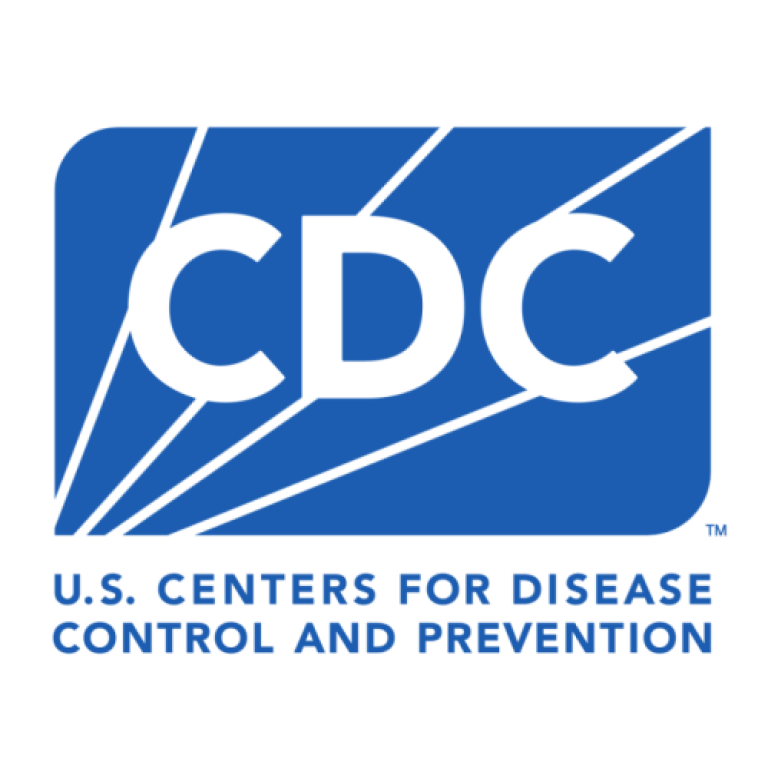
In 2009, the U.S. Centers for Disease Control and Prevention (CDC) addressed widespread asbestos contamination in Libby, Montana….

In 2003, the U.S. Environmental Protection Agency (EPA) approved the first transgenic rootworm-resistant corn developed by Monsanto under…
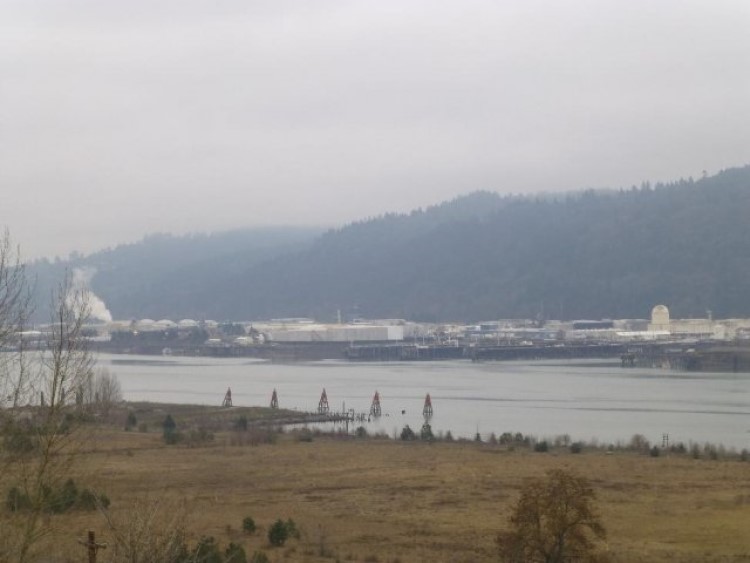
On Apr. 10, 2000, the Oregon Health Science Centers (OHSU) Center for Research on Occupational and Environmental Toxicology…

Dec. 5, 1996, marked the first time that all home buyers and tenants have the right to know…

On Jan. 29, 1996, Environmental Protection Agency (EPA) Administrator Carol M. Browner took the last steps concluding a…

In 1996, the U.S. Centers for Disease Control and Prevention (CDC) found evidence of tobacco smoke exposure in…

On Aug. 22, 1995, the Environmental Protection Agency (EPA) approved the commercial production and distribution of the Bt…
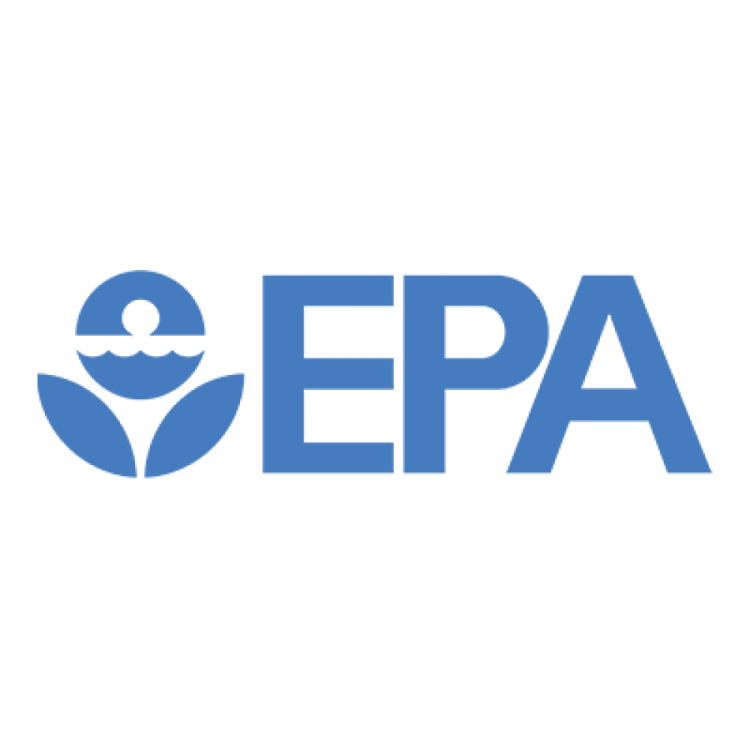
On Jun. 27, 1991, the U.S. Environmental Protection Agency (EPA) approved two pesticides containing genetically engineered bacteria, marking…